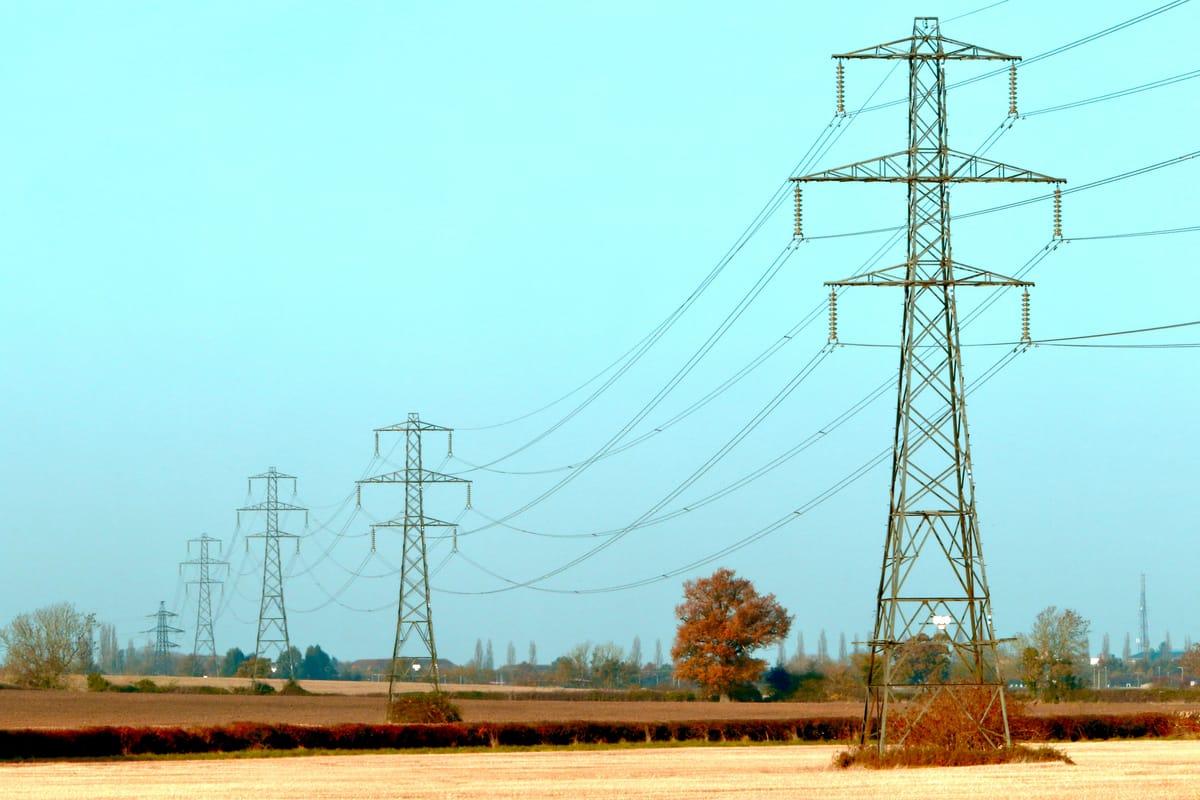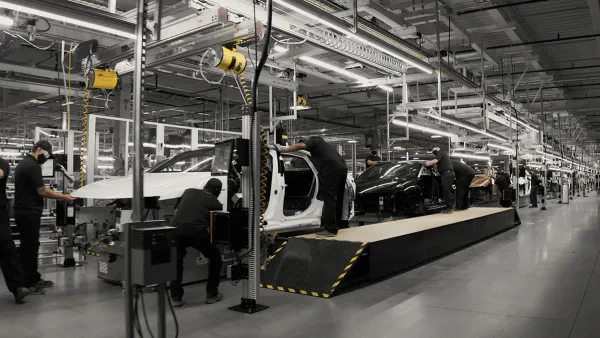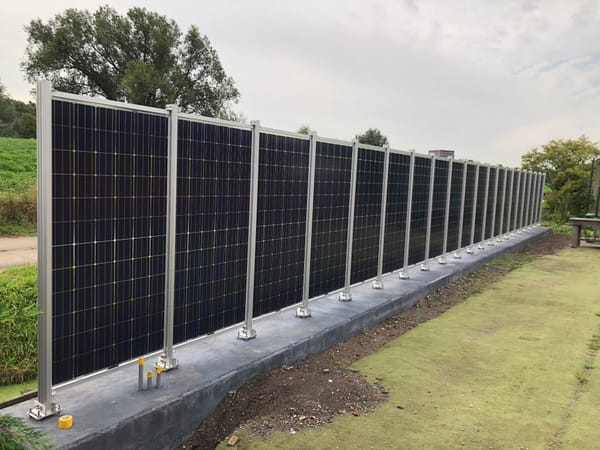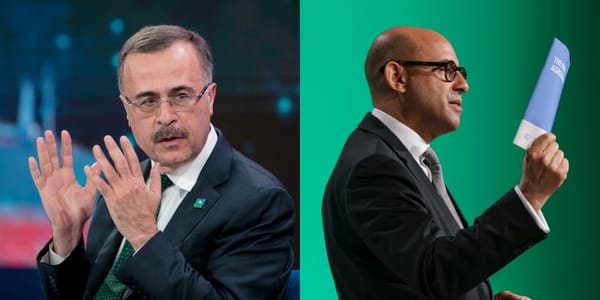In the US, it’s more renewable power, mo’ problems

There’s been a certain amount of hype surrounding the increasing power needs of new data centers for AI and crypto mining. A Washington Post story Thursday focused on the growing demands in the Southeast and Northwestern United States, showing a McKinsey projection that data centers in the US will need 10 gigawatts more power in the next six years.
That sounds like a lot, until you read a Lawrence Berkeley Labs study from 2022 that shows 1,300 gigawatts of renewable power projects are waiting to get grid connections before they can begin construction. There’s plenty of power projects in the queue, the real question is: Will the renewable projects be allowed to set up, and once they are, is there appropriate transmission capacity in the grid to move all that power around North America?
In most countries, the electrical grid is owned and operated by a nationally chartered company, like say, “National Grid” in the UK (which also now operates in New England, but that’s another story). In Europe, this patchwork of national grids has created interconnection problems where Spain has cheap solar, but France refuses to connect, so Germany is forced to buy French nuclear power, rather than cheaper Spanish solar power. C’est la vie, l'Allemagne!
The US has an even more federated grid, where effectively each local power company owns the transmission in their area. Most power companies then turn over management of those lines to a local, non-profit grid operator, so there are grid regions where power gets shared, but moving power between those grid “interconnections”, like say from Iowa in the Midwest ISO to Maryland in PJM is difficult. Not only are there not enough high capacity transmission lines to move the power, moving power from one interconnection to another is a logistical and operations nightmare.
I first started learning about these grid interconnection problems in the mid-1990’s. Very little has changed in 30 years.
There are three big reasons for this: First, money. Electricity transmission is not a money maker. US power companies built their transmission lines to connect their money makers (power plants) to customers (cities). That grid was not built to move power across regions, like from Iowa to Indiana, it was built entirely to get power to the nearest population centers. Even now, when customers want to move Iowa wind power to Indianapolis consumers, it doesn’t happen often enough that power companies see enough value in stringing up new power lines (which by the way, aren’t so expensive to build, the cost is in the land acquisition and permitting).
And that goes into the second reason: There’s no central US authority for managing power lines. This is in contradiction to almost every other infrastructure element in America. The Federal Highway Administration manages interstates. The Federal Railway Administration manages railroads. The Pipeline and Hazardous Materials Safety Administration manages…yes, pipelines.
Without a central authority, there’s no overall planning, and no regulatory authority to lean on industry to build specific lines for particular needs.
Right now, in the American Midwest, the regional grid organization, Midwest ISO, has announced plans for a new set of transmission lines. But, their plans (which are criticized as being too timid) only show general outlines of the lines, not specific locations. That’s because the power companies still have to assemble the permits, and maybe even the land to build the powerlines. They have no eminent domain power, like highways (and often railroads) to make the locals sell.
And that goes into the third big problem with American electricity transmission: The permitting process is a B. Imagine you want to build a 200-mile transmission line. How many counties and municipalities does that go through? You’ll need to submit paperwork, hold local meetings, and placate politicians in each of those jurisdictions. That can take years – and millions of dollars. But, freedom ain’t free, right?
In the history of American infrastructure, the private sector had free rein until the public needed control to make sure things were done right. That’s what President Dwight Eisenhower did with interstates and what President Lyndon Johnson did with railroads. Perhaps now that renewable power is changing everything, we’ll see something similar with power transmission soon.
Like what you see? Please forward to a colleague.
Ideas
A draft of the EU’s climate diplomacy goals leaked to Reuters shows the bloc plans to call on oil and gas companies to pay into UN climate finance funds. The upcoming COP29 will focus on finding hundreds of billions of dollars to pay into various climate finance projects for developing countries. Rich nations have resisted making payments from their national budgets, so demanding hydrocarbon companies pay for their carbon emissions seems like an unsurprising next step. In the US, tobacco companies had to pay a settlement for lung cancer victims, and big pharma paid for opioid addiction. Perhaps a settlement for hydrocarbon damage is next?
An excellent explainer on the required consensus of COP negotiations, and its impact.
An analysis by Carbon Brief finds that a second Trump term would add enough carbon to the atmosphere to negate “twice over – all of the savings from deploying wind, solar and other clean technologies around the world over the past five years.”
As I’ve written here before, US states in disaster-prone areas are transferring property insurance risk from private insurers to local taxpayers. Homeowners love the lower rates, but don’t really understand how much they’ll be on the hook if a disaster sweeps through – even if it happens in another region of their state. Bloomberg has begun a series on states creating taxpayer-backed “residual insurers” and the uncapitalized risk many of these states are creating. It’s one more way Americans are dodging the cost of climate change – until at some point it gets too expensive.
Range anxiety is the number one reason car buyers don’t go EV. This model year thirty EVs available in the US have ranges over 300 miles. I went to the Chicago Auto Show this year, and many of the EVs I saw still have problems: too little leg room in the back, little storage space, strange interior layout, or were just plain ugly. Outside of the Ford Mach-E, the best EVs I saw were from South Korea: The Hyundai Ioniq 6 and the Kia EV9. Chinese EVs are supposed to be even better.
China plans to “export its deflation” starting with green tech. For instance, the first of 80 new car-carrier ships ordered by Chinese EV maker BYD docked in Germany this week, and rolled off almost 3,000 new EVs, with prices considerably lower than what European car makers offer. Meanwhile, Chinese solar factories built more panels last year than the US has installed in its entire history. Leaders plan to put solar manufacturing into super-hyperdrive in 2024, likely crushing American manufacturers, but making cheap solar panels available all over the world.
Just as much of the US experienced a drought this winter, Southern Europe is now experiencing its own, as Catalan, Spain, Sicily, and Greece are recording record heat and drought.
Climate Politics News
The EU Gives Carbon Traders What They Want — More Rules [Bloomberg]
China’s Failure to Hit Energy Targets Could Prompt Policy Reset at National People’s Congress [Bloomberg]





